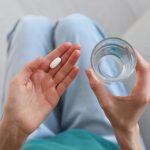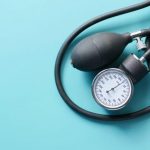
Jouncing along to school in a fume-spewing, rattletrap yellow bus is practically a rite of passage for most American students. But outdated buses actually wind up costing kids many days of education, thanks to the clouds of diesel exhaust left in their wake, a new study argues. School districts that upgrade to a “greener” bus fleet have higher attendance rates than those with older, dirtier-running buses, researchers report. Replacing all school buses built prior to 2000 could add more than 1.3 million additional student days of attendance each year in the United States, the study estimated. About 25 million children ride the bus to school every day, the researchers said. Older buses cough out higher levels of diesel exhaust, which can trigger asthma attacks in kids, said lead researcher Meredith Pedde, a research fellow in epidemiology with the University of Michigan. “Air pollution can even affect those without asthma,” Pedde added. “It has been linked to upper respiratory infections, pneumonia and other types of respiratory illness, so it might be impacting a larger student body than just asthmatic students.” To see whether cleaner buses cut down on student absences, Pedde and her colleagues examined data from the U.S. Environmental Protection Agency’s School Bus Rebate Program. The EPA program doled out more than $7 million annually to replace or retrofit old polluting buses between 2012 and… read on > read on >


















